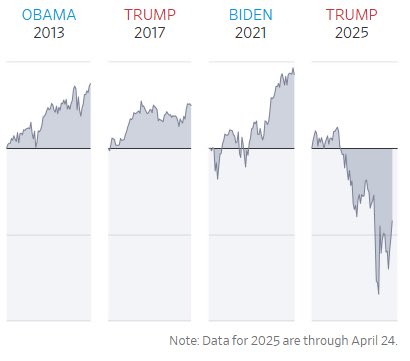Leemon Baird on Hedera’s Technical Gambit and AI’s Future
The post Leemon Baird on Hedera’s Technical Gambit and AI’s Future appeared on BitcoinEthereumNews.com. Leemon Baird first published his work on hashgraph consensus in 2016, positioning it as an alternative to traditional blockchain architectures. With a background in computer science and a career spanning both academia and industry, Baird co-founded Hedera to commercialize the technology. His academic trajectory is notable for his early work in neural networks and reinforcement learning during the 1990s, a period when AI research was navigating what would later be called the “AI winter.” Since then, the Hedera project has evolved in a landscape crowded with competing distributed ledger approaches, each claiming technical superiority and targeting different segments of the market. Baird, a speaker at Consensus 2025, transitions easily between technical explanations and business strategy, reflecting the dual challenges of building both a novel technology and a viable ecosystem around it. This interview has been condensed and lightly edited for clarity. CoinDesk: Your hashgraph algorithm emerged in 2016, during a period when many alternative consensus mechanisms were being proposed. What technical limitations of earlier approaches were you specifically trying to address? Baird: I love computer science and the math side of it—inventing things and solving problems. When I became an entrepreneur 25 years ago, it was the same process. The core of what I always do is trying to understand the fundamental problem we’re trying to solve. What is the real question? What are we really trying to accomplish? And then you build on that and solve that problem. In blockchain, the fundamental question I asked was: Bitcoin is cool, but it’s slow and not as secure as it could be with ABFT [Asynchronous Byzantine Fault Tolerance]. It burns a lot of energy and isn’t as flexible as we might want. I wondered if, at the very bottom layer in the consensus itself, there might be a way to avoid…

The post Leemon Baird on Hedera’s Technical Gambit and AI’s Future appeared on BitcoinEthereumNews.com.
Leemon Baird first published his work on hashgraph consensus in 2016, positioning it as an alternative to traditional blockchain architectures. With a background in computer science and a career spanning both academia and industry, Baird co-founded Hedera to commercialize the technology. His academic trajectory is notable for his early work in neural networks and reinforcement learning during the 1990s, a period when AI research was navigating what would later be called the “AI winter.” Since then, the Hedera project has evolved in a landscape crowded with competing distributed ledger approaches, each claiming technical superiority and targeting different segments of the market. Baird, a speaker at Consensus 2025, transitions easily between technical explanations and business strategy, reflecting the dual challenges of building both a novel technology and a viable ecosystem around it. This interview has been condensed and lightly edited for clarity. CoinDesk: Your hashgraph algorithm emerged in 2016, during a period when many alternative consensus mechanisms were being proposed. What technical limitations of earlier approaches were you specifically trying to address? Baird: I love computer science and the math side of it—inventing things and solving problems. When I became an entrepreneur 25 years ago, it was the same process. The core of what I always do is trying to understand the fundamental problem we’re trying to solve. What is the real question? What are we really trying to accomplish? And then you build on that and solve that problem. In blockchain, the fundamental question I asked was: Bitcoin is cool, but it’s slow and not as secure as it could be with ABFT [Asynchronous Byzantine Fault Tolerance]. It burns a lot of energy and isn’t as flexible as we might want. I wondered if, at the very bottom layer in the consensus itself, there might be a way to avoid…
What's Your Reaction?











































